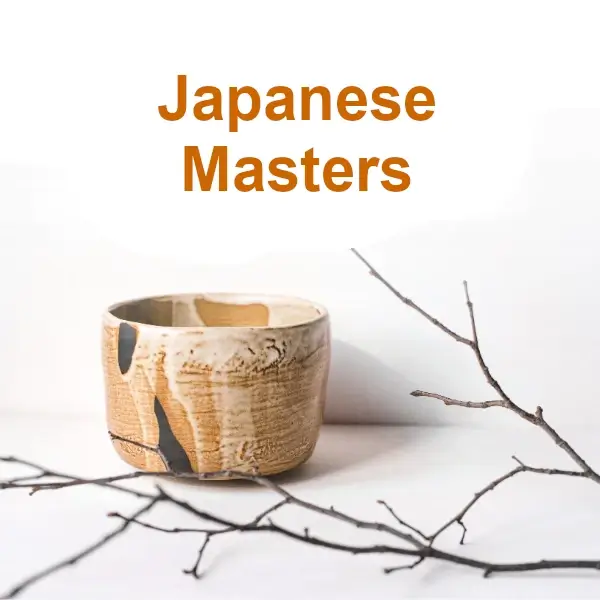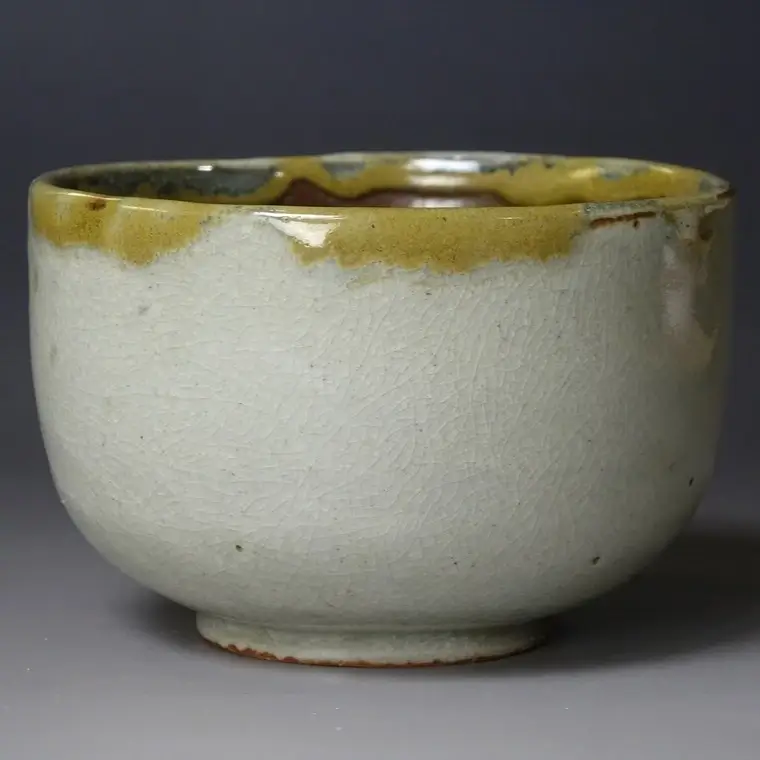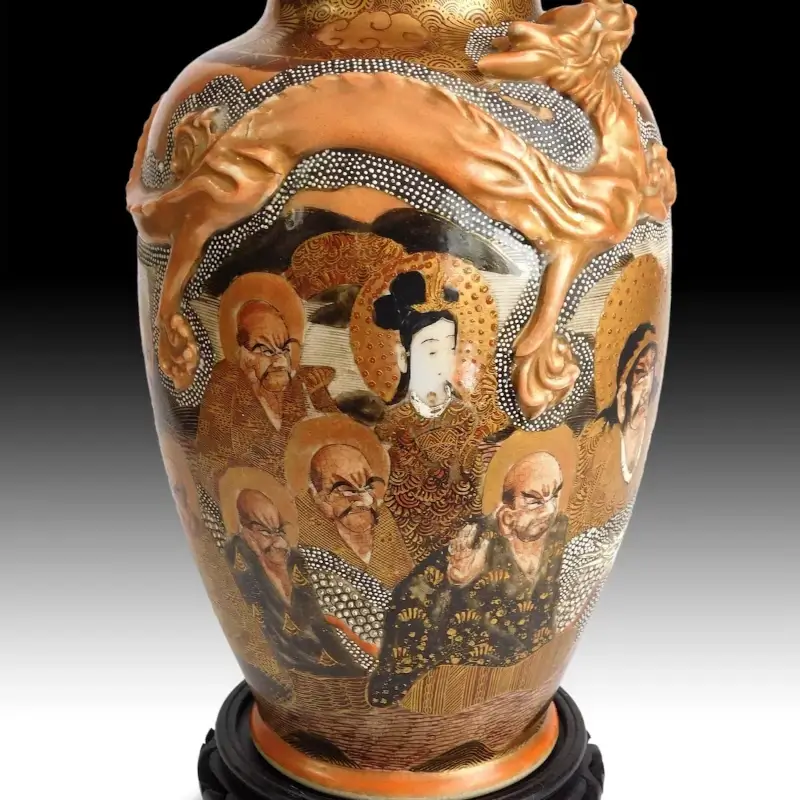Meet Munemaro Ishiguro: Hidden Genius of Ceramics
Munemaro Ishiguro: Master of Ceramics and his Legacy
Munemaro Ishiguro, born in 1893 to a family of clan doctors in Kusaminato, Toyama, Japan, had a life devoted to ceramics that reflected a deep immersion in experimentation and self-taught learning. After dropping out of high school in Toyama, he moved to Shibuya, Tokyo, in 1919, where he built several kilns in his home. Despite initial challenges and failures in pottery production, Ishiguro never gave up. His perseverance led him to Kyoto in 1927, where he finally established his studio in Yase in 1935, becoming an iconic site for his creative work.
Ishiguro is known for his mastery of persimmon glaze technique inspired by Chinese imperial ceramics and the Hengyong styles of the Northern Song dynasty, as well as the Tenmoku glaze of the Southern Song dynasty. His specialties included oil-drop tenmoku and kinoha tenmoku, a technique that earned him recognition as an Important Intangible Cultural Property in 1955. In addition to his ceramic skills, Ishiguro also excelled in Chinese studies and was a Noh calligrapher, showing a versatility that went beyond ceramics.
His legacy continues to inspire new generations of ceramists and his studio in Yase became a place of research and learning. Munemaro Ishiguro not only left a lasting impact on the world of modern ceramics, but also demonstrated the importance of persistence, experimentation and continuous learning in the pursuit of art.
List of Japanese master ceramists
In an attempt to give recognition to the master ceramists of Japan, we have made a series of biographical articles, you can access them through this drop-down list.
We hope this will help to spread the beautiful tradition of Japanese pottery.
It will help us if you share on social media:
Other posts about Japanese pottery:


